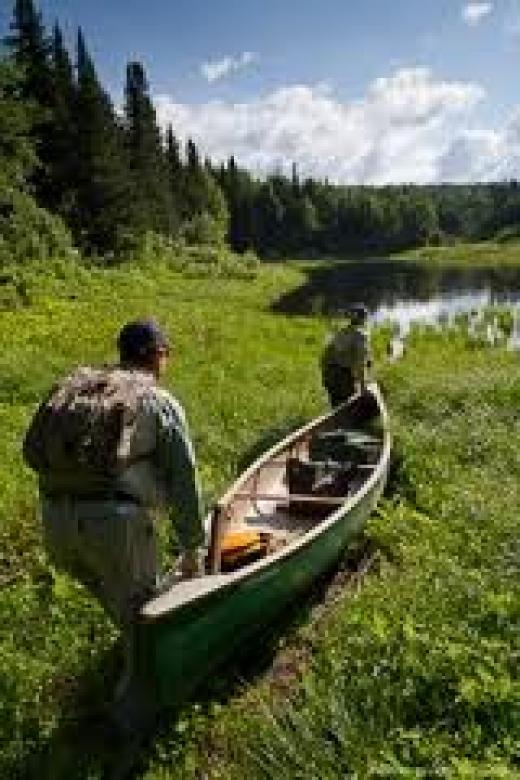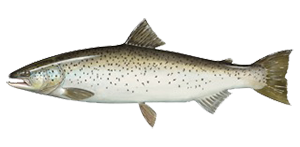Maine Brook Trout Ponds
Goals
The brook trout lakes and ponds in Maine’s famed North Woods were among the nation’s first destination fisheries, bringing anglers from far-away places to fish legendary waters. The roots of American fly fishing are deeply planted in Maine where the “sports” and guides developed the renowned Leonard cane rods and Rangeley-style streamers. However, this incredible fishing experience and way of life have become deeply threatened in recent years.
A vast expanse of Maine’s private forestland holds more than 600 native and wild trout ponds—97 percent of native lake and pond brook trout populations found in the eastern United States. But in the 21st century, changes in land ownership and the spread of non-native species threaten these brookies. Moreover, some 1,000 ponds have never been surveyed by fisheries biologists—many of them in remote parts of the state where native brook trout are likely, but where the lack of identified populations affords them little protection. This presents a serious management challenge: how can you manage and protect something about which you know next to nothing?
Tactics
TU will identify previously unsurveyed brook trout ponds using volunteer anglers to collect basic field data. A crew of TU seasonal biologists will collect additional data on ponds where volunteers identify brookies in order to document “new” populations and collect data that’s critical for future management.
Victories
Trout Unlimited has the deep history, the community connections, and the knowledge and will power to successfully protect Maine’s native brook trout ponds. We have already had enormous successes in Maine including the 15-year effort to remove the Edwards Dam from the Kennebec River resulting in an unprecedented recovery of native fish and the decade-long collaboration on Maine’s Penobscot River that within the next two years will restore over 1,000 miles of river for the benefit of Atlantic salmon and 10 other native sea-run fish species.
And on the brook trout front, we have made significant progress as well. TU volunteers were integral to passing a 2005 law that formally protected 295 native ponds that had never been stocked, and set up a review process to add others to the list. Seven years later more than 600 Maine trout ponds have been formally recognized. These waters—and others that may qualify for inclusion, including the 1,000 unsurveyed ponds—are now a major focus for TU.
Staff Contact
Jeff Reardon, jreardon@tu.org
Author of this Page
Erin Mooney
Eastern Conservation Communications Director



